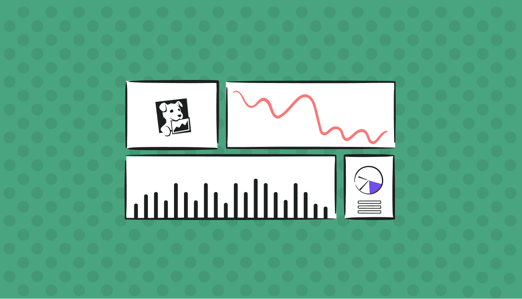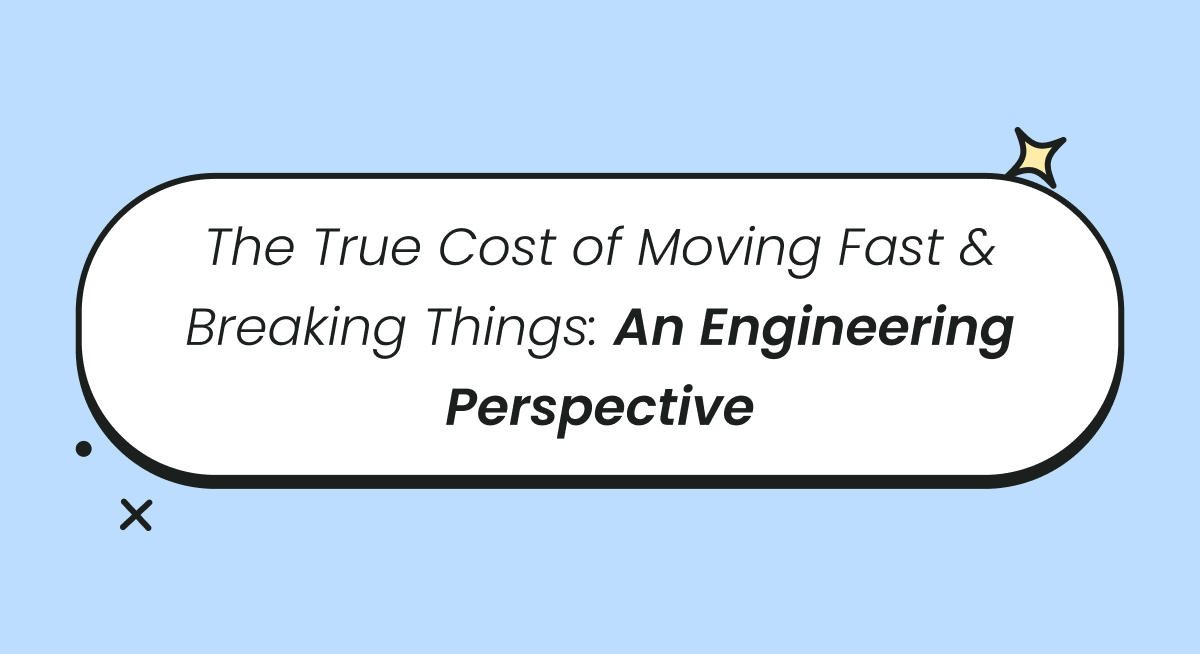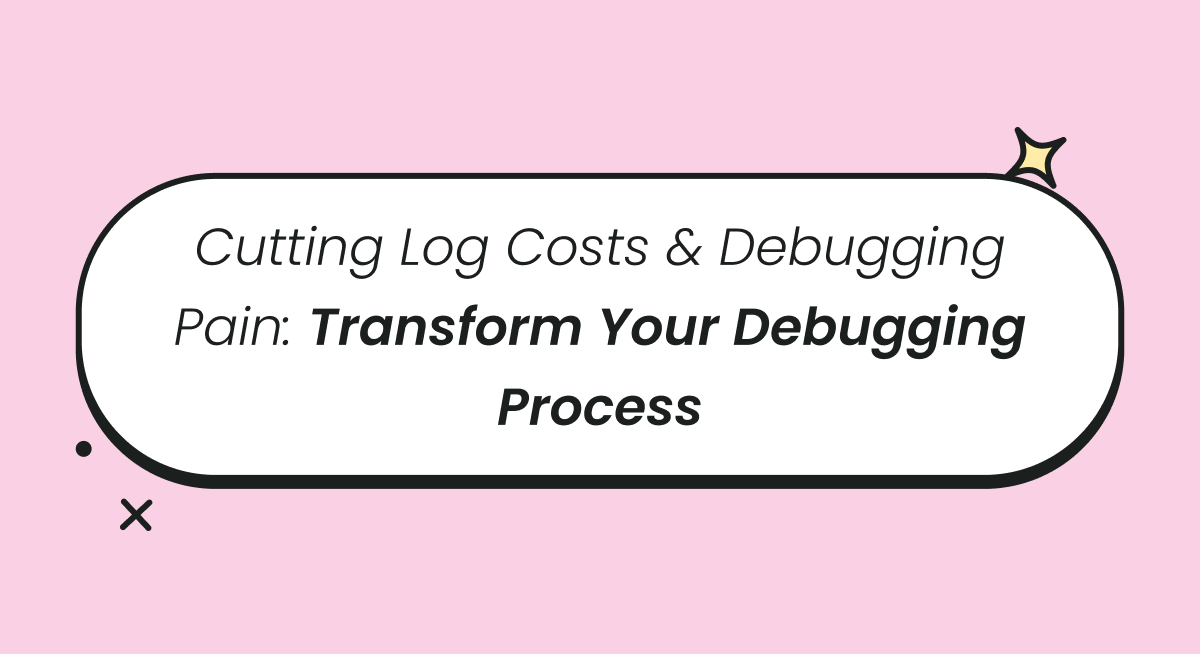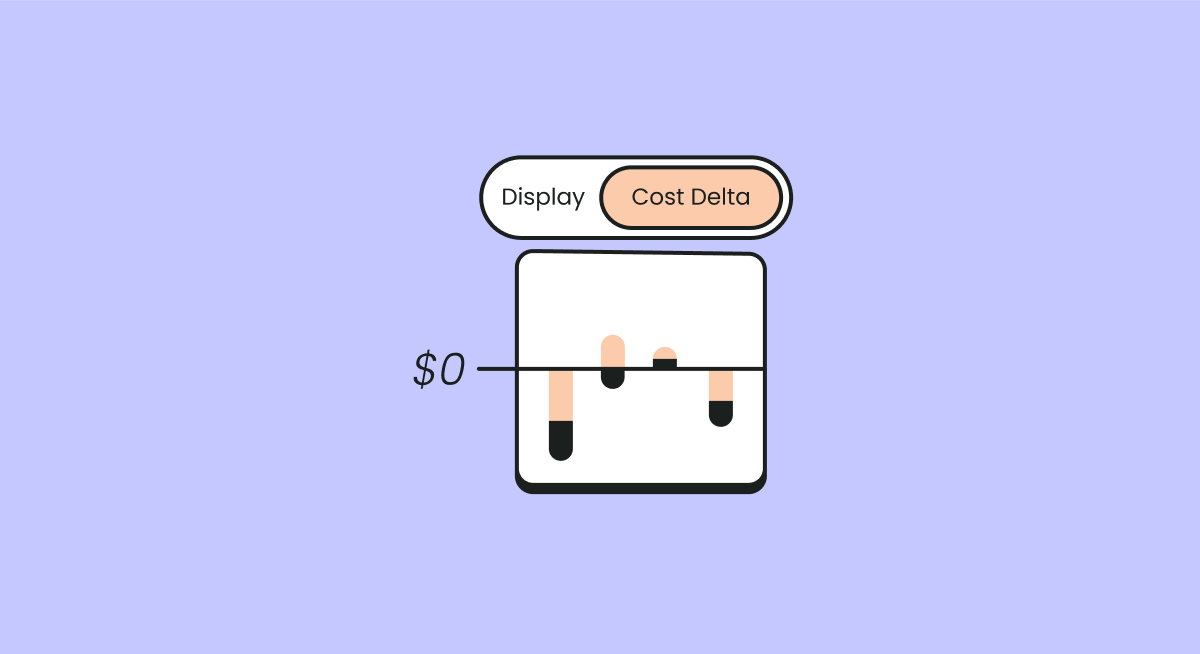
Navigating the pricing model for Datadog's synthetics can be complex. In this blog, we will break down Datadog Synthetics pricing, offering a clear explanation of cost calculations and the factors that impact your bill. Whether you're an existing user aiming to optimize expenses or new to Datadog, this guide will provide valuable insights into managing and predicting your budget effectively.
What is Datadog Synthetic Monitoring?
Datadog Synthetic Monitoring is a powerful feature offered by Datadog, allowing organizations to proactively monitor their applications and services. This tool, crucial for understanding Datadog Synthetics pricing, simulates user interactions from various geographic locations to ensure optimal performance and availability.
Understanding Datadog Synthetics pricing is crucial when deploying these synthetic tests, especially given that costs can vary depending on usage. With Datadog synthetic test pricing in mind, organizations can budget effectively for their monitoring needs.
With Datadog Synthetic Monitoring, organizations can create and schedule synthetic tests, a key aspect of Datadog synthetic test pricing, to mimic user interactions. These tests can be customized to simulate various scenarios, such as navigating through web pages, submitting forms, or interacting with APIs. By performing these synthetic tests, organizations can gain insights into the performance and availability of their applications from different locations and identify potential issues before they impact real users.
Synthetics Datadog pricing plays a significant role when configuring these tests, as it influences the cost-effectiveness of monitoring strategies. Organizations must consider this when setting up their Datadog Synthetic Monitoring.
Synthetic tests in Datadog are designed to replicate real user experiences. They can be configured to run at regular intervals from multiple locations, providing a comprehensive view of application performance across different geographies. Organizations can define test scripts that specify the desired user actions and verify expected responses. Datadog provides a user-friendly interface to create and manage these tests, as well as visualize the results through customizable dashboards and reports.
In addition to monitoring application availability and response times, Datadog Synthetic Monitoring also offers advanced capabilities such as uptime monitoring, multi-step transaction monitoring, and API endpoint testing. This allows organizations to monitor critical workflows and business transactions, ensuring that they are functioning properly and delivering a seamless user experience.
The Value of Datadog Synthetic Monitoring
Datadog Synthetic Monitoring enables organizations to proactively identify and address performance issues, optimize their application infrastructure, and improve the overall user experience. It provides valuable insights into application performance from different locations, helping businesses ensure that their applications are meeting performance objectives and delivering a high level of service to their users. Overall, Datadog Synthetic Monitoring is a crucial component of a comprehensive monitoring and observability strategy, enabling organizations to proactively monitor and optimize their applications, mitigate risks, and deliver exceptional user experiences.
Understanding Datadog Synthetics Pricing Structure
Datadog offers Synthetic Monitoring as part of its pricing tiers, including Free, Pro, and Enterprise. While synthetic monitoring functionality is available across all tiers, certain advanced features or higher-frequency checks may require an upgrade to a higher tier. t is crucial to understand the Datadog synthetics pricing details specific to your chosen tier and evaluate the value of advanced features to optimize costs effectively.

Key Factors Affecting Synthetic Monitoring Costs
- Check Frequency: The frequency at which synthetic checks are performed plays a significant role in determining Datadog synthetic test pricing. More frequent checks incur higher costs due to increased data volume and processing. It is important to strike a balance between the desired monitoring granularity and cost considerations.
- Locations and Check Types: Datadog offers a wide range of locations and check types to simulate user interactions. Each location and check type affects synthetics Datadog pricing. Evaluating the geographical coverage and specific check requirements will help optimize costs while ensuring comprehensive monitoring coverage.
- Alerting and Reporting: Advanced alerting and reporting features, such as customizable thresholds and detailed reports, may have additional costs associated with them. Assessing the necessity and value of these features for your monitoring needs will help make informed decisions to manage costs effectively.
Optimizing Synthetic Monitoring Costs
- Check Frequency and Granularity: Assess the required frequency and granularity of synthetic checks for your application. Adjusting the check intervals and narrowing down monitoring to critical user journeys can help optimize costs without compromising monitoring effectiveness.
- Location Strategy: Evaluate the geographical distribution of your user base and choose monitoring locations strategically. Focusing on regions with the highest user traffic can provide comprehensive coverage while managing costs associated with monitoring in less critical regions.
- Alerting and Reporting Customization: Tailor alerting thresholds and reporting settings to match your specific needs. Fine-tuning these configurations can help avoid unnecessary alerts and reduce data processing costs.
- Utilize a Cloud Cost Management Tool: Understanding the factors driving your costs is crucial to effectively reduce them. Deploying a comprehensive cloud cost management tool like Finout automatically identifies idle optimization opportunities for Datadog Synthetic, allowing you to optimize this spend and maximize savings.
Final Thoughts
In conclusion, Datadog Synthetic Monitoring is a valuable tool for organizations to proactively monitor application performance. By simulating user interactions and testing workflows, potential issues can be identified and resolved before impacting users. Optimizing synthetic monitoring costs can be achieved through strategies such as adjusting check frequency, choosing monitoring locations strategically, and customizing alerting and reporting settings.
Leveraging cloud cost management tools like Finout further enhances cost optimization efforts. With these approaches, organizations can optimize spend, maximize savings, and effectively monitor and optimize their applications.
Read More About Datadog Costs
How Much Does Datadog Cost?
Understanding Datadog's pricing model is crucial when evaluating it as a solution. Explore the various factors that influence Datadog's pricing and gain insights into its cost structure. Additionally, discover effective considerations for managing usage-based pricing tools like Datadog within the context of FinOps.
Read more: How Much Does Datadog Cost?
Part I: Getting Around the Datadog Pricing Model
In the first part of the blog series, written by our talented Software Engineer, Boris Cherkasky, we explore the question: "Why you should care about your Datadog costs?" Boris dives into crucial aspects of Datadog costs, emphasizing the importance of understanding them. He also sheds light on how Datadog pricing works, shares his experiences and lessons learned as a Datadog user, and discusses strategies to crack the Datadog cost/usage model. Moreover, Boris provides valuable insights on how to effectively gain control over Datadog costs.
Read more: Part I: Getting Around the Datadog Pricing Model
Part II: The Magic That Is In Datadog Pricing
In the second part of the blog series written by our talented Software Engineer, Boris Cherkasky, we cover how in general Datadog products get billed, and uncover the factors that sometimes lead to unexpected end-of-month invoices.
Read more: Part II: The Magic That Is In Datadog Pricing
Part III: Data Puppy - Shrinking Data Dog Costs
In the third part of the blog series written by our talented Software Engineer, Boris Cherkasky, you will discover the key factors to consider for effectively managing your Datadog costs. Boris will guide you through the process of uncovering the hidden potential for Datadog optimization, enabling you to make the most out of this powerful platform.
Read more: Part III: Data Puppy - Shrinking Data Dog Costs
Datadog Pricing
Discover the intricacies of Datadog pricing, explore key features such as debug, custom metrics, and synthetic monitoring, and provide strategies to optimize costs without compromising on functionality.
Read more: Datadog Pricing Explained
Datadog Debug Pricing
Datadog Debug offers developers the remarkable ability to streamline bug resolution and optimize application performance. To fully harness the potential of this invaluable tool, it is important to grasp its pricing structure, evaluate the value of its advanced features for your specific debugging requirements, and identify key elements that influence Debug pricing.
In this blog post, we dive deep into these essential aspects, providing you with the knowledge needed to make informed decisions and leverage Datadog Debug effectively for enhanced development workflows.
Read more: Understanding Datadog Debug Pricing
Datadog Custom Metrics Pricing
Datadog custom metrics empower businesses to capture and analyze application-specific data points, tailored to their unique use cases. The true potential of Datadog custom metrics lies in the precise insights they offer into application performance. Therefore, comprehending the product's pricing structure and evaluating the value of advanced features becomes crucial in making informed decisions to optimize costs effectively.
Read more: Understanding Datadog Custom Metrics Pricing
Optimizing Datadog Costs
Discover effective cost optimization strategies for utilizing Datadog to its full potential without incurring unnecessary expenses. By implementing these best practices, organizations can achieve maximum efficiency with Datadog while ensuring a high level of observability. Learn how to reduce monitoring costs without compromising on the quality of insights and monitoring capabilities.
Read more: Optimizing Datadog Costs









